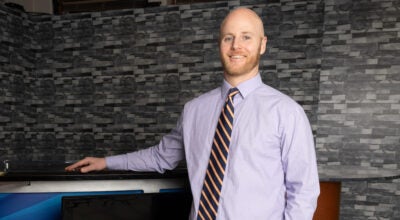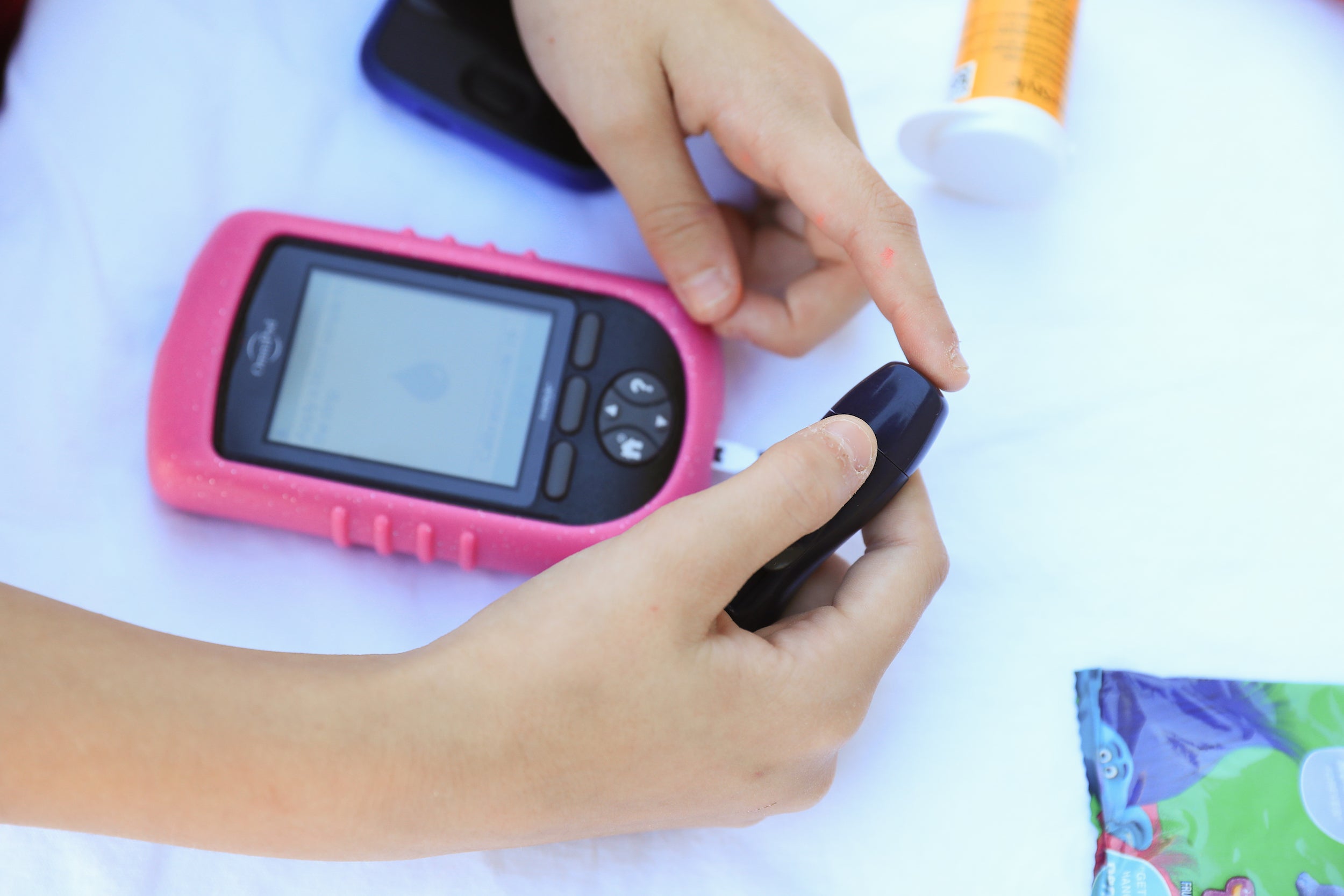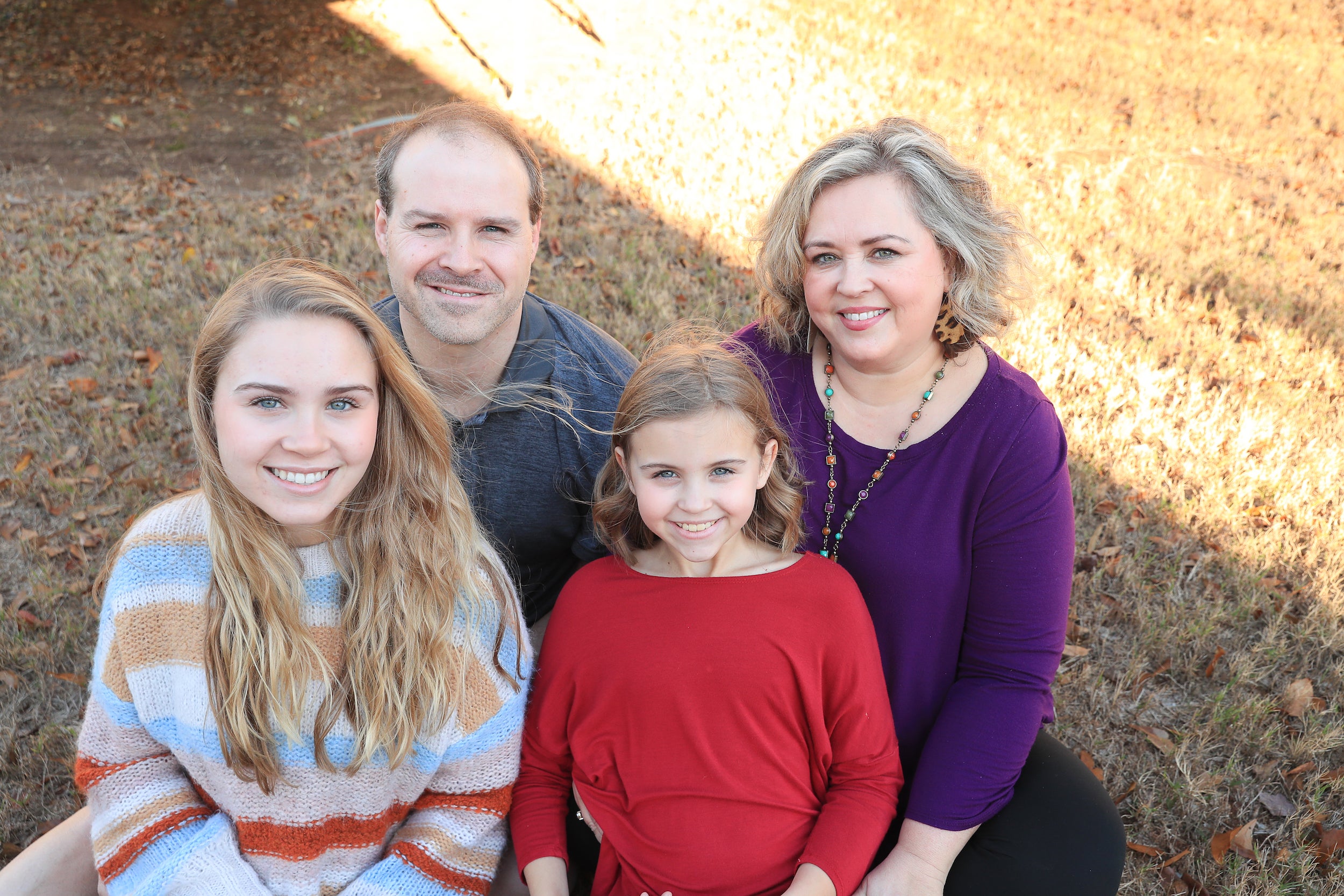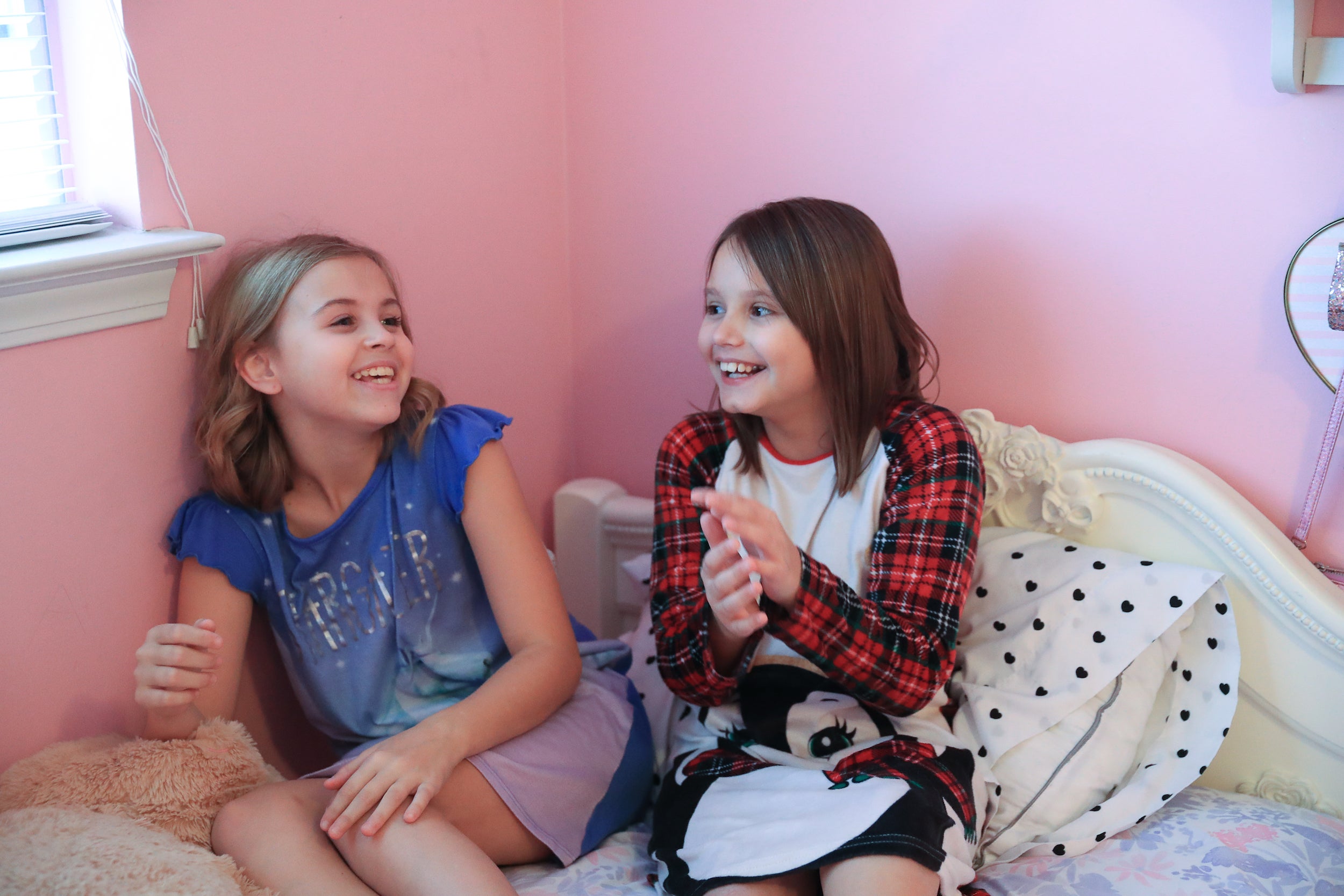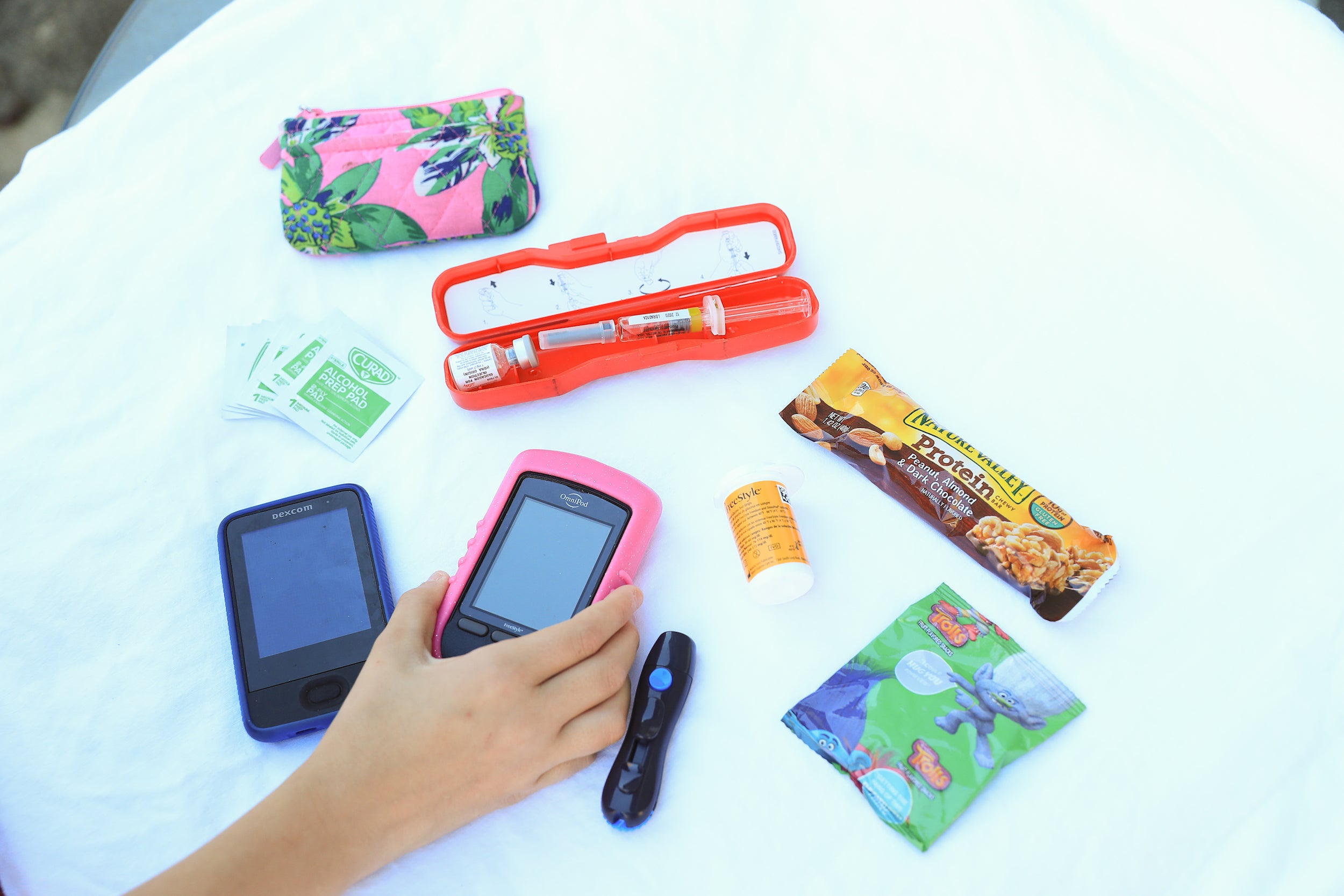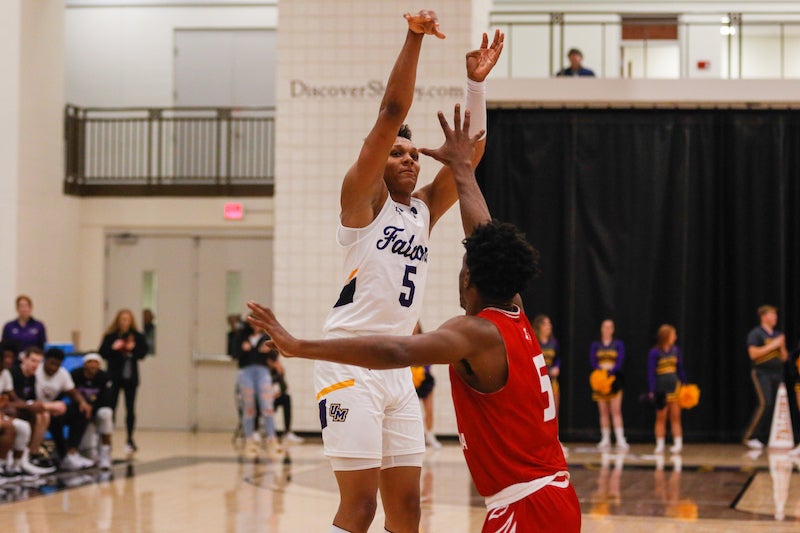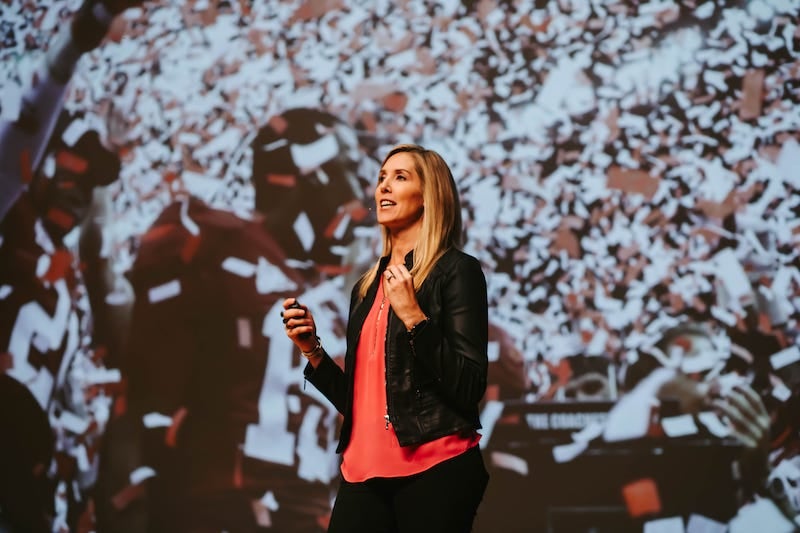PROFILE: Abby Turner: The freedom to live
Published 4:15 pm Monday, February 24, 2020
|
Getting your Trinity Audio player ready...
|
It’s midnight when Amanda Turner enters her daughter’s room, flashlight in hand or strapped to her forehead, to check her blood sugar level. Does she have low blood sugar? A juice box will do the trick. Is it too high? A carbohydrate snack will help keep it steady. This routine is so commonplace now that 10-year-old Abby stays asleep through the entire transaction – even eating and drinking in her sleep.
Today Amanda and her husband, Shane, might repeat this process several times throughout the night, but just after their daughter’s diagnosis, they were checking Abby’s blood sugar every two hours.
“We would be up throughout the night at midnight, 2, 4 and 6 a.m. to do checks,” Amanda says. “Sometimes we’d just watch her sleep to make sure she was breathing. It’s something that’s always in the back of your mind, and honestly it took us several years before we felt like we could live our lives and that diabetes wasn’t our life.”
The Turners aren’t alone either. This nightly routine may be a reality for the 200,000 Americans under 20 years old who have been diagnosed with Type 1 Diabetes (T1D), a chronic autoimmune disease in which the pancreas produces no insulin. If not monitored, T1D can be fatal because insulin is necessary for survival.
In Alabaster where the Turners live, a tight-knit community of parents lean on each other for support. For Amanda and Abby, that support has meant the world to them. Abby was diagnosed with T1D shortly before turning 2 years old, and after that moment Amanda said caring for Abby was like having a newborn baby again.
It wasn’t until the family was able to get a continuous glucose monitoring (CGM) device through their insurance company that they were able to reclaim some sleep. The device beeps if Abby’s blood sugar drops too low or rises too high. Amanda says the CGM is a godsend, but that technology fails sometimes and these devices cost a lot of money. “Not everybody is lucky enough to have access to these things like they should,” she says. Because of issues with Abby’s insurance, she was without her CGM for most of October 2019 and the beginning of November 2019, and her parents were back to waking up periodically throughout the night.
Amanda, who is also the mother of 15-year-old Sarah, says caring for Abby can still be overwhelming, but it helps to have friends who can relate. Case in point: The Turner family connected with the Wyatt family through a Facebook group for parents of kids with T1D. Best friends Abby and Bridget Wyatt, both students at Meadow View Elementary, were diagnosed within months of each other. “My child can’t just go spend the night at a friend’s house because most people don’t know how to care for someone with T1D,” Amanda says. “And not everyone is willing to get up and go check your child at 2 a.m. and 4 a.m. – that’s why we were so ecstatic when we found each other because our kids can have sleepovers.”
Wherever the girls go, they always have their diabetes bag with them. It holds juice, gummies, a protein bar, crackers, their meter, test strips, a device to prick their finger and a glucagon injection, which is an emergency medicine used to treat severe low blood sugar. It’s there just in case someone with T1D passes out or is having a seizure as a result of low blood sugar.
When Bridget’s blood sugar is low, she says she feels sick, like her legs will collapse underneath her. For Abby, she feels sick and grumpy and experiences a stomachache and headache when her blood sugar is high.
T1D makes it difficult for the girls to participate in sports and school activities as well, but both families have found ways to make it work. Abby plays soccer, Bridget is a cheerleader and they sing in the school choir together. The mothers say they’re open and honest with their daughters about their diagnosis and are careful not to project their own fears onto them. “We do have to make sure they know the consequences of their behavior, but we also want them to live their lives,” Bridget’s mother, Heather, says.
Before and after P.E., lunch, snack time and before leaving school to go home, a nurse checks the girls’ blood sugars and cares for them according to instructions outlined by their respective doctors. Sometimes they have to miss fun activities, and they won’t ever go on a field trip without a parent or a nurse. Abby says she gets the most nervous about attending school at the beginning of each school year and worries that teachers won’t understand her situation. Heather and Amanda say it’s harder for some people to understand the urgency required when the girls experience low blood sugar.
However, both moms say they’re determined to raise children whose lives are not defined by T1D. The goal is for Abby and Bridget to be independent and not afraid to live their lives. “Part of that is making sure that you as the parent are not scared,” Amanda says. “Or that at least they don’t see it,” Heather adds.
So Amanda is teaching Abby the importance of eating sensibly and making good food choices. “Really, it’s just like any other person should be living, whether you have T1D or not,” Amanda says. “The only difference is you see or feel the effects immediately if you have T1D.”
Sometimes, Amanda will allow Abby to learn from her mistakes as long as she’s not doing something life-threatening. “If she wants to eat that cookie after I’ve told her that it might make her feel bad, I might let her make the decision for herself,” she explains. “Ultimately, only she knows how she feels, and if she eats it and she does feel bad, then the next time she’ll be more likely to make a different choice.”
Today Abby is thriving and not letting anything stand in her way, “feeling the fear and doing it anyway,” like her mother tells her. One day she plans to go off to college and live on her own as her family holds firm hope that the Juvenile Diabetes Research Foundation—whose research the family works to raise money for—will find a cure for the disease. But no matter her daughter’s course in life, “I want her to have the freedom to live,” Amanda says.
More Profile
